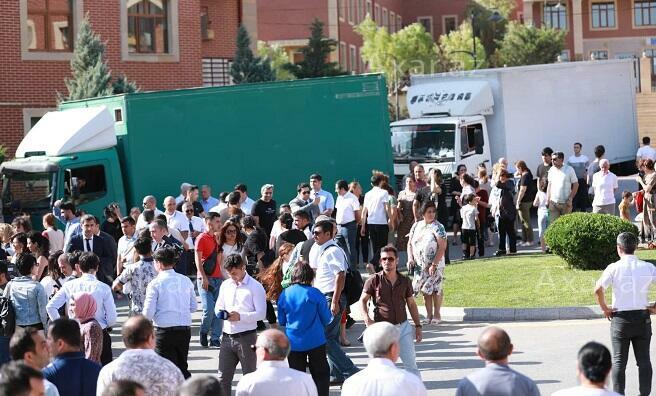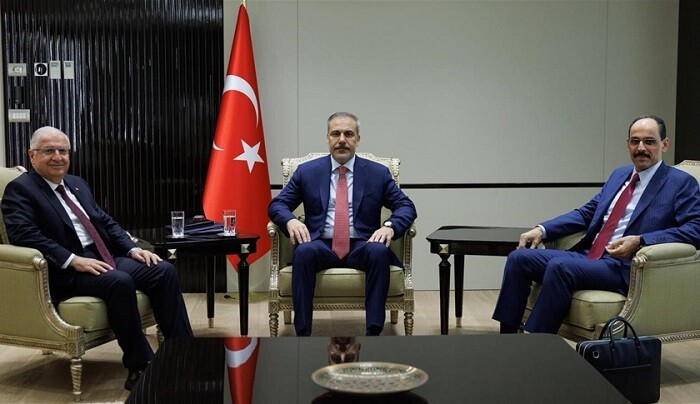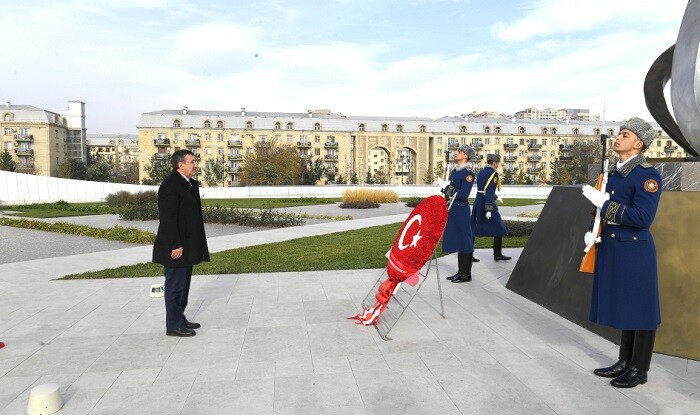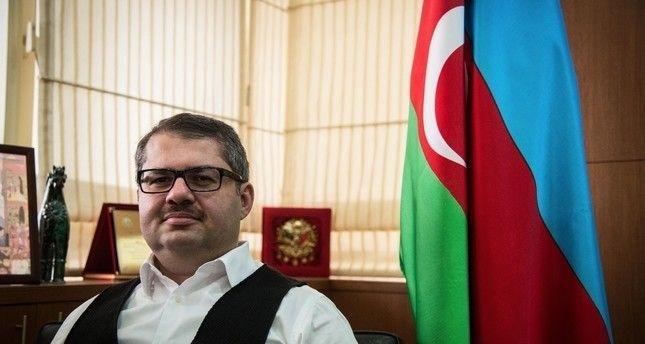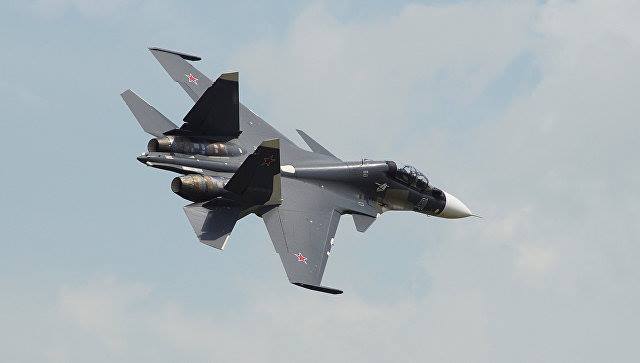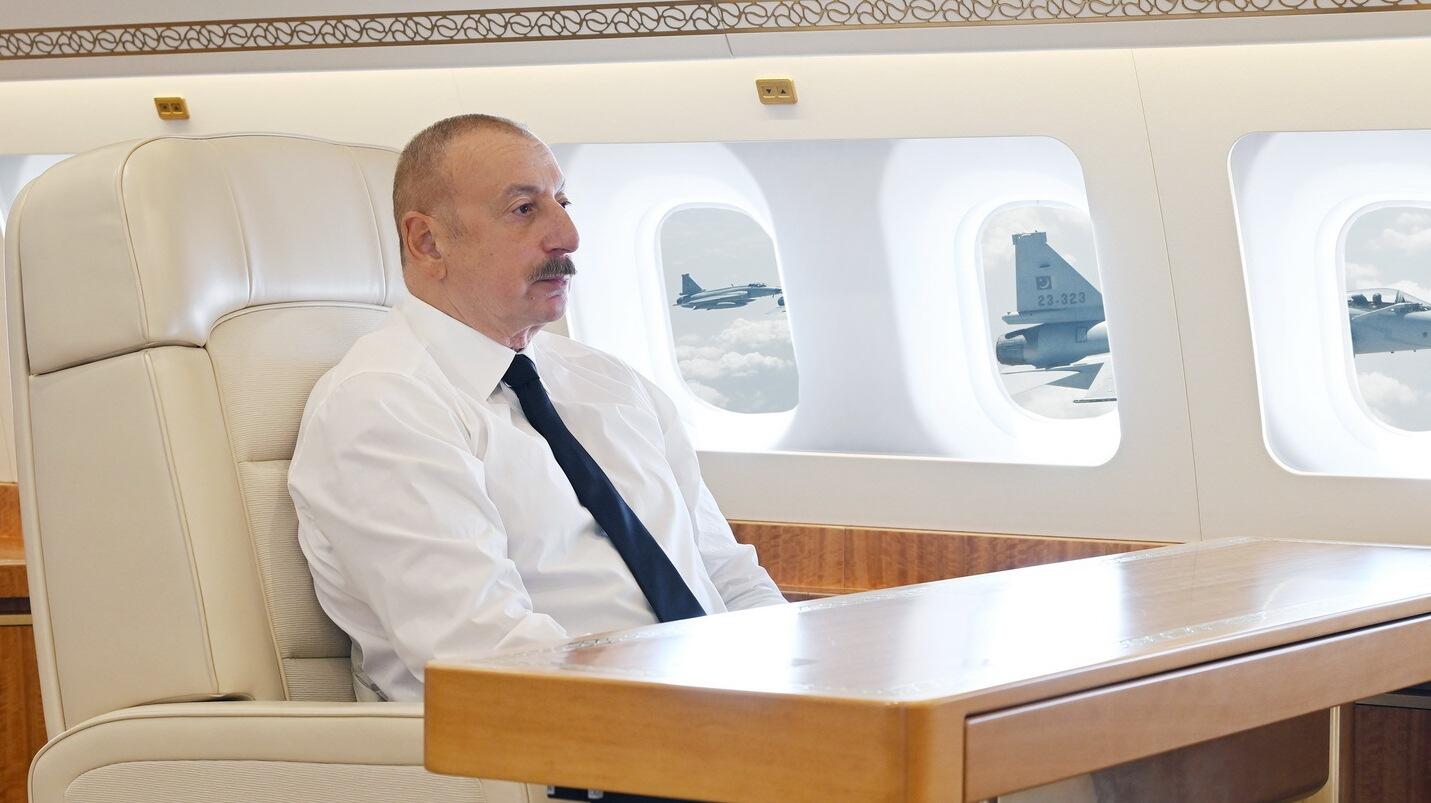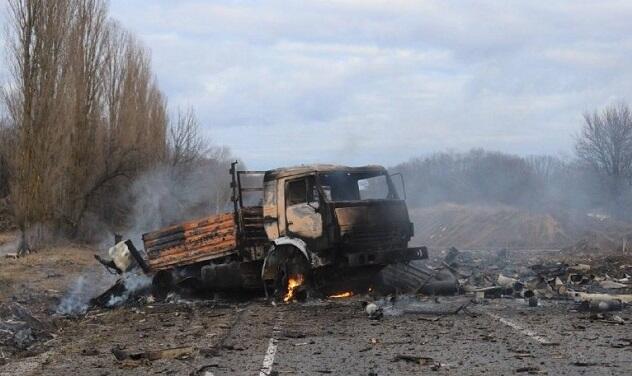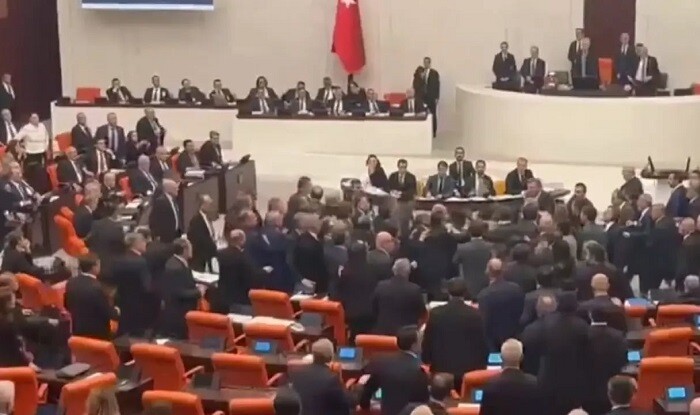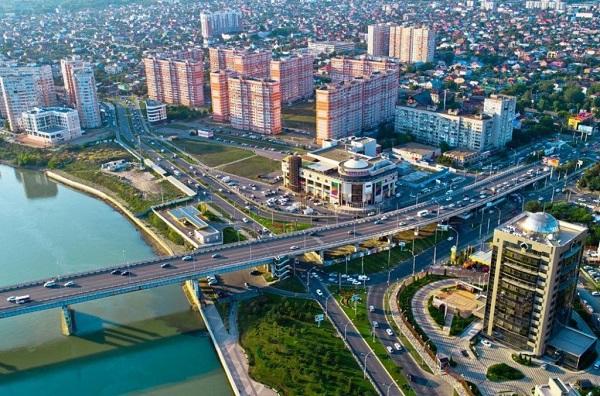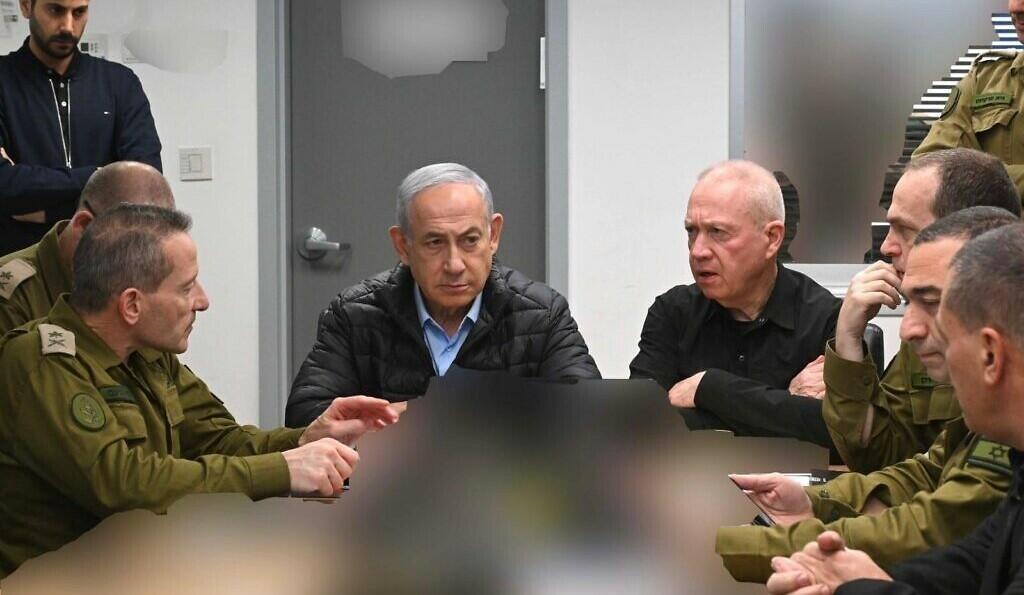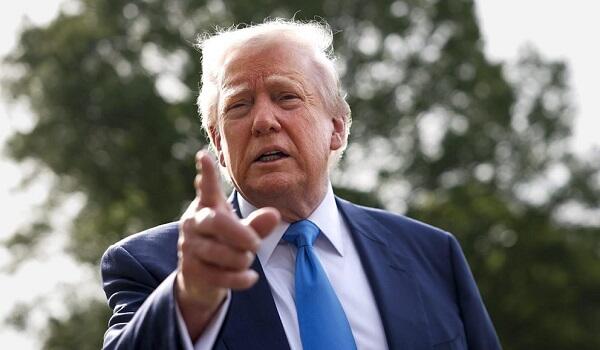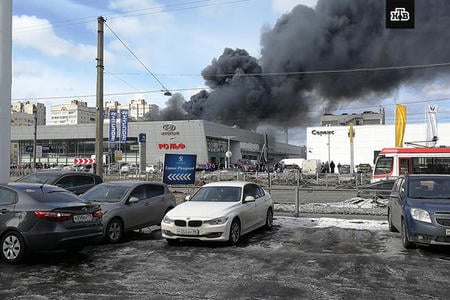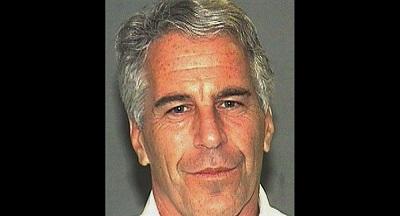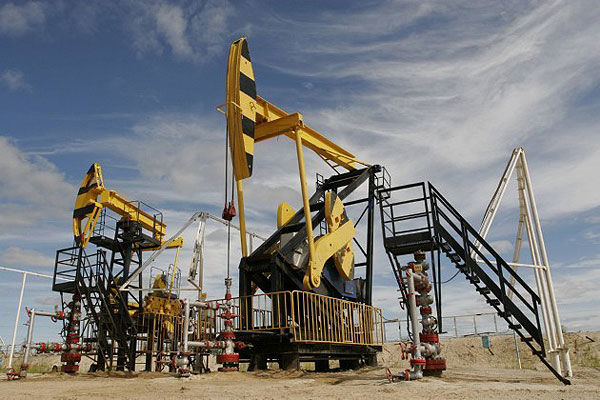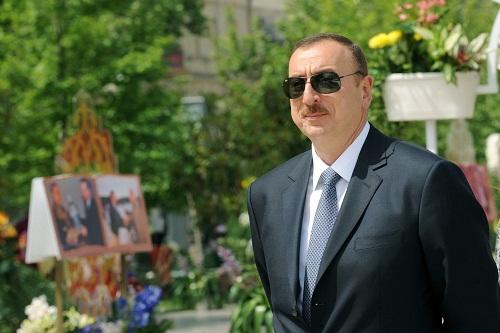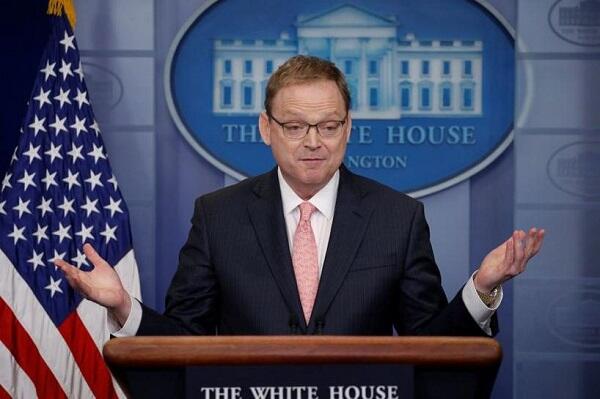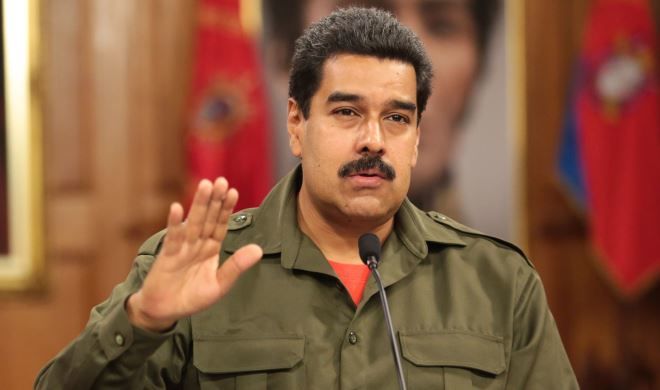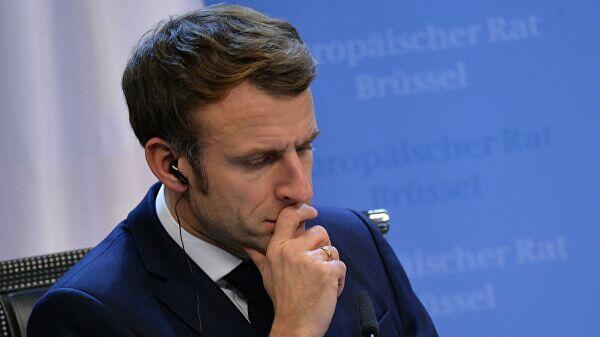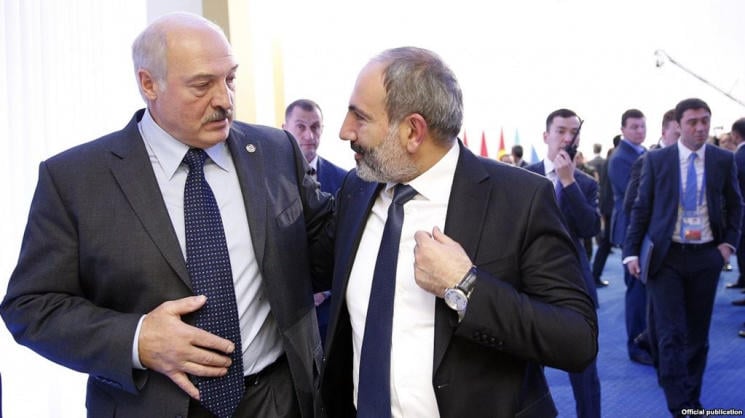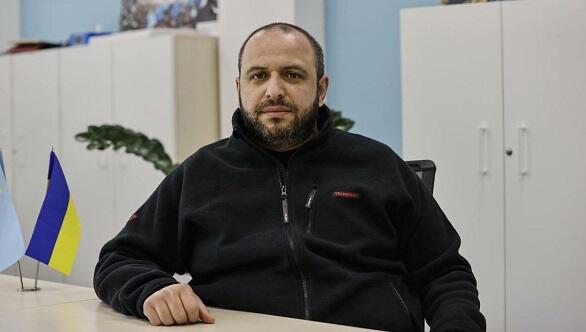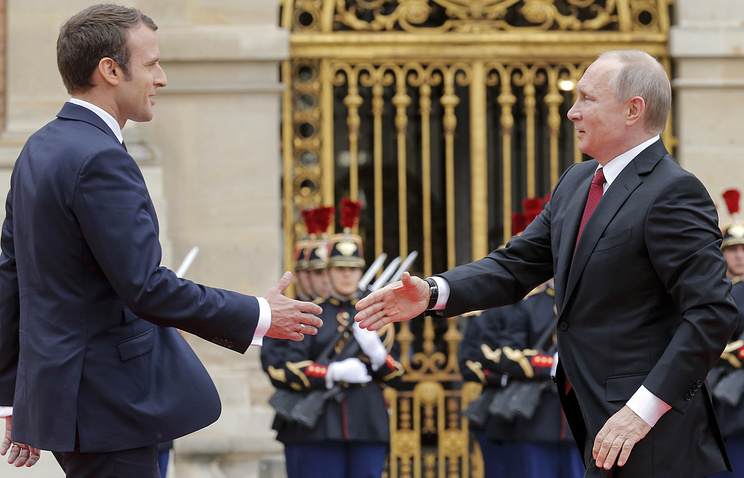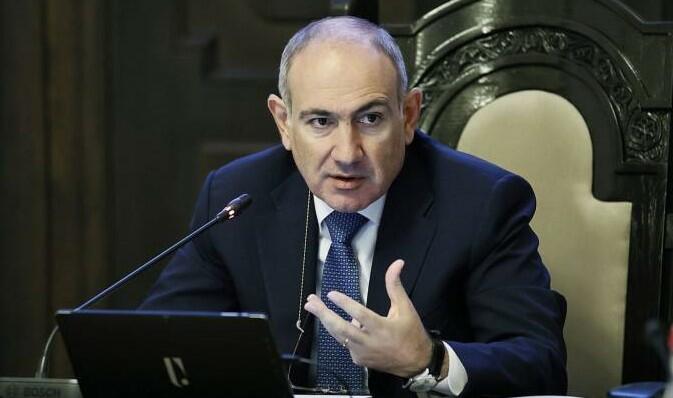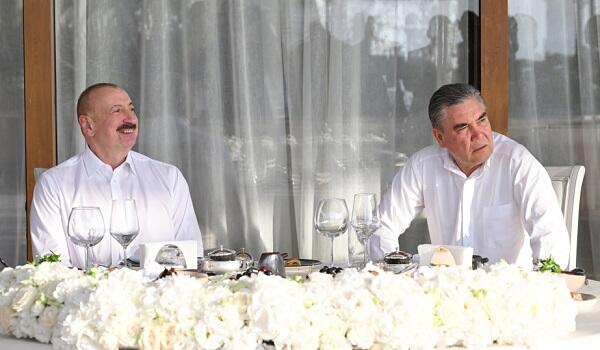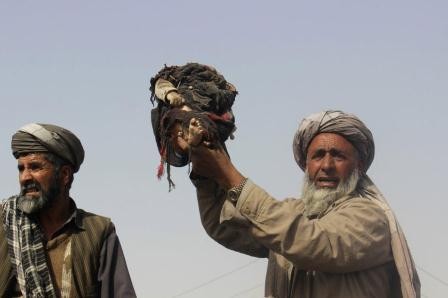A joint U.S.-Afghan raid Thursday against the Taliban
involving NATO airstrikes left 26 civilians and three Afghan troops
dead, and two U.S. soldiers were killed in a separate incident,
Western and local officials said, as investigators worked to
determine what went wrong.
The Americans killed and four other U.S. troops wounded were
among military advisers helping Afghan troops, rare combat
casualties for Western forces who handed over the task of securing
Afghanistan to local troops some two years ago.
Afghan officials said they were still investigating the attack
and its civilian casualties, some of which may have been caused by
the airstrikes called in to support Afghan and U.S. troops under
fire. Residents later carried over a dozen corpses of the dead,
including children, toward the local governor's office in a show of
rage a year after American forces attacked an area hospital.
NATO declined to identify the Americans killed, pending
notification of their next of kin.
"Our service members were doing their part to help the Afghans
secure their own country while protecting our homeland from those
who would do us harm," Defense Secretary Ash Carter said in a
statement.
The target of the raid were two senior Taliban commanders, who
were killed in the fighting along with 63 other insurgents, Kunduz
police chief Gen. Qasim Jangalbagh said. He said Afghan special
forces carried out the raid and that he did not have any
information about NATO involvement in the assault.
Jangalbagh said 26 civilians, including members of the Taliban
fighters' families, were killed in the assault.
Kunduz official Mohammad Yousf Ayoubi and parliament member
Malim Chari both also told the AP that civilians were killed in the
fighting, though they had few details. Dr. Mohammad Naim Mangal,
the director of a Kunduz hospital, said his facility received the
bodies of a dead man and a child and treated 30 people, including
children, wounded in the fighting.
NATO only said it was "aware of the allegations."
U.S. Brig. Gen. Charles Cleveland, briefing journalists in
Brussels during a teleconference, said three Afghan troops were
killed in the assault. Mohammad Radmanish, a deputy spokesman at
the Afghan Defense Ministry, offered the same figure.
In a later statement, Cleveland said that "friendly forces
received direct fire and airstrikes were conducted to defend
themselves" and an investigation was underway.
He earlier described the assault as "not a common event,"
without elaborating.
A Taliban statement also said there were civilian casualties
while claiming its fighters killed 16 U.S. troops. The insurgents
often exaggerate their battlefield successes.
According to defense officials, the U.S. Army soldiers had
gotten off a helicopter and were moving on foot with Afghan forces
doing clearing operations in Kunduz province. The defense officials
said the troops came under fire and returned fire, but it wasn't
clear whether it was gunfire or other larger rounds. Two of the
U.S. troops were killed and four others were injured. Two of the
injured had more serious wounds and were taken away by medevac.
The officials said the troops called for support, and the U.S.
launched airstrikes. They said they believe the troops were hit by
enemy fire and were not killed or injured by the airstrikes. All of
the U.S. troops were evacuated from the area.
Taliban fighters briefly overran the city of Kunduz, the
provincial capital with the same name, in early October, a show of
strength by the insurgents that also highlighted the troubles
facing local Afghan forces 15 years after the U.S.-led invasion of
the country. The Taliban captured and held parts of Kunduz a year
earlier as well before the city was fully liberated weeks later
with the help of U.S. airstrikes.
Those 2015 airstrikes also saw a U.S. Air Force special
operations AC-130 gunship attack a Kunduz hospital run by the
medical charity Doctors Without Borders, killing 42 people. Sixteen
U.S. military personnel, including a two-star general, later were
disciplined for what American officials described as mistakes that
led the strike. Doctors Without Borders has called the attack a war
crime and demanded an independent investigation.
Yet another airstrike killing civilians could stoke anger among
Afghans, and the country's former President Hamid Karzai repeatedly
clashed with NATO over them, straining relations.
Afghan President Ashraf Ghani issued a statement criticizing the
Taliban for using women and children as "a shield" during the raid.
He also announced a local investigation had been started.
Also on Thursday, Afghan officials said a roadside blast struck
a group of people on their way to a wedding in the northern Faryab
province, killing at least nine civilians and wounding 11. Javed
Dedar, a spokesman for the provincial governor, said the bride was
among those wounded. It remained unclear if the blast was caused by
a roadside mine or mortars fired by militants, and the remote
location of the incident made the details difficult to verify.
NATO's combat operations ended in Afghanistan at the end of
2014, a move that put Afghan forces in charge of the country's
security. Since then, Afghan forces have suffered heavy casualties
battling the Taliban, who have at times overrun provincial capitals
before being pushed back. Meanwhile, NATO and U.S. casualties have
been few.
There have been at least four other combat deaths among American
forces in Afghanistan in 2016. In October, a U.S. soldier was
killed by a bomb in Nangarhar province while another was shot dead
by a man wearing an Afghan army uniform in Kabul. In August, an
American soldier was killed and another wounded by a roadside bomb
in Afghanistan' southern Helmand province. In January, a U.S.
soldier was killed by small arms fire in Helmand.
The fight in Afghanistan — American's longest war — began after
the Sept. 11, 2001 attacks as the Taliban harbored al-Qaida leader
Osama bin Laden. The Taliban and Afghan government recently held
secret talks to see if they could start peace negotiations to end
the fighting, though questions remain over which faction of the
insurgency is doing the talking.
